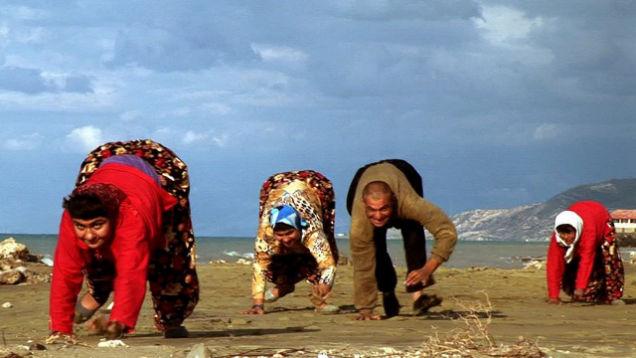
As a cultural anthropologist, I am thrilled that cultural variation is increasingly recognized as significant in a wide range of fields, cognitive science, psychology, and evolutionary theory among them. From our discipline’s long, rich history of exploring human creativity and adaptability, what advice can I offer my colleagues from other disciplines eager to consider human variation? What valuable conceptual resources can cultural anthropologists share? How do we translate the lessons of over a century of research — including periods of bitter disciplinary self-critique and external criticism — into actionable, testable models for human variation?
We are starting a major new project that explores precisely this: how do we distill insights from cultural anthropology and anthropology more broadly into models of human variation useful for theorizing about human evolution. Agustín Fuentes of Princeton University and I at Macquarie University (Sydney), with an amazing multi-institution, multi-national team, secured a generous grant from the John Templeton Foundation to study, as the title of the application put it, “Concepts in Dynamic Assemblages: Cultural Evolution and the Human Way of Being.”
The team is so large I will not try to list everyone in it (and we are still recruiting), but also heavily involved are Jennifer French (U. of Liverpool), Jeffrey Himpele (Princeton U.), Marc Kissel (Appalachian State U.), and Carolyn Rouse (Princeton U.). At Macquarie University, our team includes John Sutton (emeritus, Cognitive Science) and Alex Gillett (Philosophy). In addition, our Macquarie based team will include two post-doctoral fellows, two doctoral students, and other folks. The doctoral scholarships are already being advertised here.
The project is bold but is also likely to look a little odd to some of my colleagues in cultural anthropology, maybe even to some people who might be good additions to the team. This post attempts to share why I got involved with “Concepts in Dynamic Assemblage” as a cultural-psychological researcher and neuroanthropologist including what we mean by “dynamic assemblage” and why we chose “concepts” as the pivot point. These motivations and ideas are my own, and other team members no doubt have vastly different goals and working theories, but sharing this might help someone considering whether to apply for a post-doctoral position or doctoral scholarship or deciding if they want to follow this project.
Continue reading “New project in evolutionary theory and cultural anthropology”






